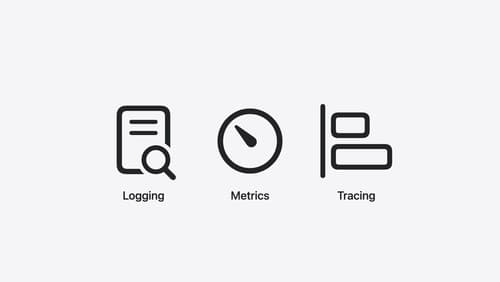how can I make command line tool SPM package and use it within another app?
Asked on 2024-09-24
1 search
To create a command line tool as a Swift Package Manager (SPM) package and use it within another app, you can follow these general steps:
-
Create a Swift Package: Use the Swift Package Manager to create a new package. You can do this by running
swift package init --type executablein your terminal. This will set up a basic structure for your command line tool. -
Develop Your Command Line Tool: Implement the functionality of your command line tool within the package. You can organize your code into modules and add dependencies as needed. Swift Package Manager allows you to manage these dependencies easily.
-
Testing: You can write tests for your package using Swift's testing framework. Run your tests using
swift testto ensure everything works as expected. Swift testing is integrated into major tools and IDEs, including Xcode and Visual Studio Code, as mentioned in the Meet Swift Testing session. -
Use the Package in Another App: To use your command line tool package within another app, you can add it as a dependency in the app's
Package.swiftfile. This allows you to integrate the functionality of your command line tool into your app. -
Cross Compilation: If you need to run your command line tool on different platforms, you can use cross compilation. For example, you can develop on macOS and deploy to a Linux server using the static Linux SDK for Swift, as discussed in the What’s new in Swift session.
By following these steps, you can effectively create and integrate a command line tool as a Swift package into another application. If you need more detailed guidance, you might want to explore the sessions mentioned for specific topics like testing and cross-compilation.

What’s new in Swift
Join us for an update on Swift. We’ll briefly go through a history of Swift over the past decade, and show you how the community has grown through workgroups, expanded the package ecosystem, and increased platform support. We’ll introduce you to a new language mode that achieves data-race safety by default, and a language subset that lets you run Swift on highly constrained systems. We’ll also explore some language updates including noncopyable types, typed throws, and improved C++ interoperability.

Explore the Swift on Server ecosystem
Swift is a great language for writing your server applications, and powers critical services across Apple’s cloud products. We’ll explore tooling, delve into the Swift server package ecosystem, and demonstrate how to interact with databases and add observability to applications.

A Swift Tour: Explore Swift’s features and design
Learn the essential features and design philosophy of the Swift programming language. We’ll explore how to model data, handle errors, use protocols, write concurrent code, and more while building up a Swift package that has a library, an HTTP server, and a command line client. Whether you’re just beginning your Swift journey or have been with us from the start, this talk will help you get the most out of the language.
